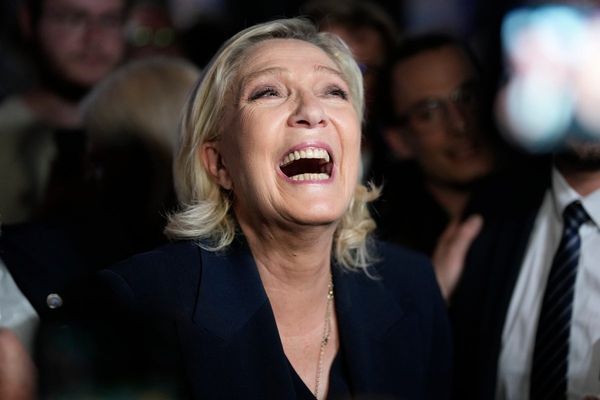
Making batteries for electric vehicles is finicky work. More Americans will be doing it in the years ahead, thanks to federal incentives enticing companies to base EV battery manufacturing in the U.S. instead of Asia.
At Tesla’s Gigafactory in Nevada, where production began in 2016, battery-cell partner Panasonic has for years employed thousands of workers at its operation within the sprawling plant—and it’s learned some important lessons along the way.
Among them: American workers’ hands are sometimes too big to efficiently operate machines made in Asia.
“It sounds like a joke, but these kinds of issues were frequently encountered in the early stages,” Yasuaki Takamoto, who heads Panasonic’s EV battery business, told the Wall Street Journal.
Unexpected difficulties will likely also crop up at similar plants being planned across the U.S. by carmakers and their battery partners. Last month, Honda and LG announced a joint venture to build such a facility in Ohio. In December, Hyundai and SK announced a similar tie-up in Georgia. Panasonic itself started building another EV battery plant in Kansas in November. Vietnam’s Vinfast will make EV batteries and vehicles in North Carolina. GM and LG are developing new EV battery plants, with one already operating in Ohio. BMW has a deal with Envision AESC of Japan to supply battery cells near to its South Carolina factory, where it will invest $1 billion to make EVs.
For Panasonic, shifting production of lithium-ion batteries from East Asia—where they’ve traditionally been made—to North America presented other challenges, the Journal reported Friday. For starters, even the faintest exposure to moisture can mean batches of product need to be tossed out, so properly training workers is critical. And specialized equipment used in Asia might not pass muster in the U.S., which has different safety standards and operating conditions.
Such issues, Takamoto told the Journal, meant that boosting production took a year or two longer than the Japanese company expected. The time required to train workers also slowed down the GM-LG battery plant in Ohio, GM CEO Mary Barra said in October.
Another challenge is making the enormous production facilities themselves, the Journal reported. With the level of outsourcing that’s occurred in America in recent decades, not that many builders have recent, relevant experience constructing the kind of massive manufacturing facilities EV battery makers need.







